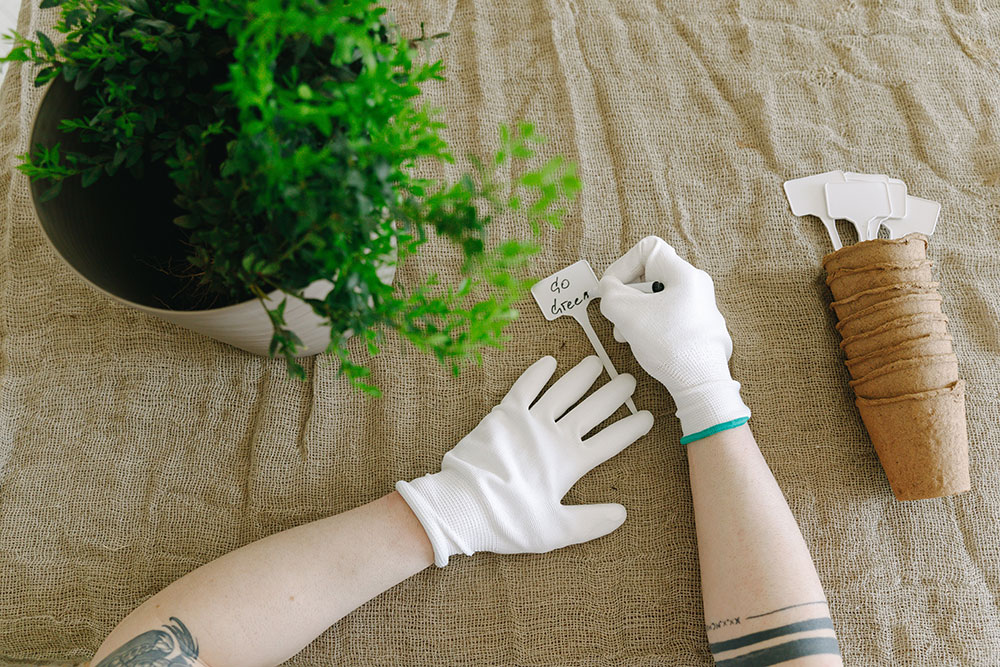Introduction
Gardening is a popular hobby for many, but it can quickly become overwhelming without proper organization. One essential tool for the garden organization is plant labels. Plant labels are tags or markers used to identify plants in your garden, providing important information about each plant.
This article will explore the benefits of plant labels, different types of labels, how to make your own, best practices for labeling, and common mistakes to avoid.
Benefits of Plant Labels
Plant labels offer numerous benefits, including clarity and organization in your garden. With plant labels, you can easily identify the plants in your garden and their specific characteristics, such as their growing requirements and unique features. Labels also help prevent confusion and misidentification, particularly in large gardens with many different plant varieties.
Additionally, plant labels assist in planning and designing your garden, allowing you to make informed decisions about placement and arrangements. Finally, labels can help you remember planting dates and other essential information about each plant, which can be particularly useful for planning maintenance tasks like pruning or fertilization.
Types of Plant Labels
There are various types of plant labels to choose from, depending on your preference and budget. Some common types of plant labels include wooden labels, plastic labels, metal labels, stone labels, seed packets, and smartphone apps. Wooden labels are a popular option and can be made with various wood types, sizes, and shapes.
Plastic labels are a cost-effective option, and metal labels can be durable and long-lasting.
Stone labels are an aesthetically pleasing option that can blend in with your garden’s natural features, while seed packets often include plant information and care instructions. Smartphone apps can provide real-time information about your plants, including growing tips and identification features.
How to Make Your Own Plant Labels
Making your own plant labels can be a fun and creative activity that allows you to customize your labels to your liking. You can use recycled materials like wine corks, popsicle sticks, or old spoons to make your own labels. Creative DIY ideas include painting stones or using old silverware to create unique and attractive labels.
Best Practices for Plant Labeling
When labeling your plants, it is essential to use waterproof and durable materials that can withstand harsh weather conditions.
Place labels in a visible and accessible location to avoid confusion, and use a legible font and clear writing to ensure that the labels are easy to read. Include relevant information such as the scientific name of the plant, planting dates, and care instructions to help you remember important details about each plant.
Common Mistakes to Avoid
One common mistake to avoid is not labeling your plants at all. Without labels, it can be challenging to identify plants or keep track of their unique features and requirements.
Another mistake is using temporary labeling methods like sticky notes or pieces of paper that can easily fall off or become illegible. It is also important to update your labels regularly as plants grow and change and to avoid using unclear or illegible handwriting that can make it difficult to read the labels.
Conclusion
In conclusion, plant labels are a simple yet essential tool for gardening that can help you keep your garden organized and thriving. With the benefits of plant labels, different types of labels available, creative DIY ideas, best practices for labeling, and common mistakes to avoid, there is no reason not to start labeling your plants today.
By using plant labels, you can enhance your gardening experience, making it easier to identify and care for your plants and, ultimately, creat a beautiful and well-organized garden.

